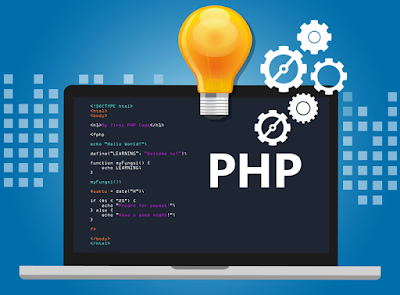Only a few years ago, web
designers had to build websites solely for desktop users. After that
came mobile phones, which prompted designers to make responsive
websites that could be displayed properly on both desktops and
mobiles. Recently, though, the majority of internet traffic has begun
originating from smart-phones. Designers have taken notice of this
trend and have embraced the ‘mobile-first’ approach. Should you
follow suit?
Mobile-first vs.
Mobile-minded
There is nothing wrong
with the mobile-first design. It refers to the practice of creating
content with small-screen users in mind. However, this practice is
often to the detriment of the desktop experience. Not only are
mobile-first sites somewhat basic and bare-bones, but they also lack
access to advanced functionalities that some types of businesses need
(like online retailers). Instead, we recommend building web pages
with both mobile and desktop users in mind, without compromising the
customer journey on either platform.
Best practices to
follow
Here are some best
designing practices that will help you craft pages that will provide
a great user experience (UX) on both platforms:
- Streamlined navigation: Make your menu simple to tap/gesture through and structure your pages logically. If you are planning on making money from your site, the payment process needs to be heavily optimized too.
- Simple CTAs: There should be a large number of CTAs placed in strategic locations throughout your pages. These CTAs should be big and have easy to read text on them, which helps phone users tap them without errors while they are on-the-go.
- Lazy loading: It’s hard to navigate on the phone. With lazy loading and other scrolling options, though, it’s possible to load multiple pages quickly and easily by just swiping the page upwards.
- Minimal typing: To improve the mobile experience, make sure you don’t need visitors to type more than a handful of lines. If you are going to include forms, make them short and straightforward.
By embracing the
mobile-minded web design approach, not only will you keep smartphone
users happy, but also improve conversion rates. You can get it
implemented affordably by outsourcing the project to an experienced web development team.



